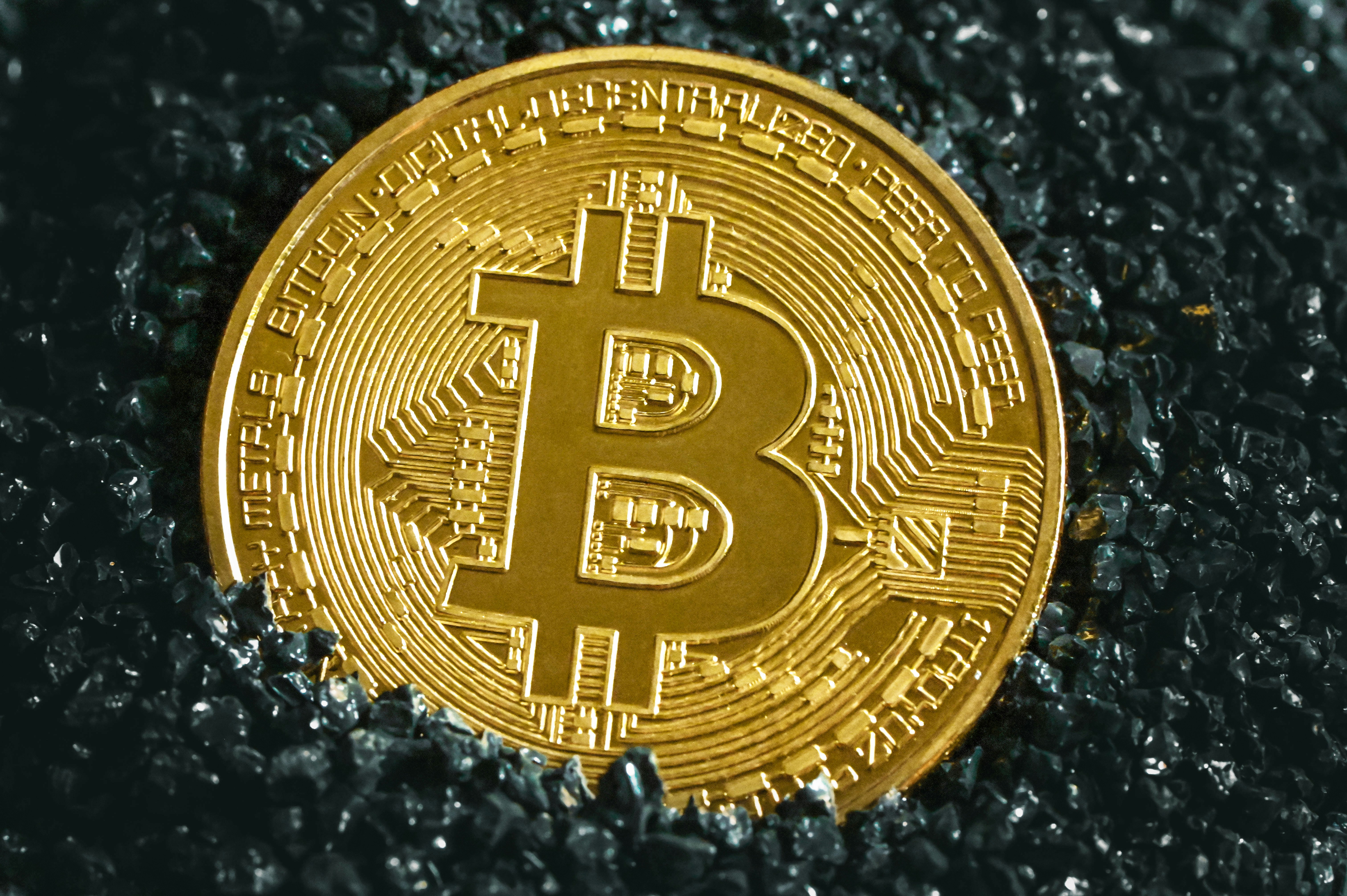Key Takeaways
- Fraud Prevention: A liveness check confirms a user is physically present, preventing spoofing with photos or videos.
- Active Verification: Users often perform actions like blinking or turning their head to prove they are real.
- Identity Security: It is a critical step in KYC processes for securing financial and crypto accounts.
What is Liveness Check?
A liveness check is a security measure that confirms you are physically present during identity verification. It’s a crucial step when setting up a crypto exchange account, designed to prevent fraud using photos or videos. Before you can buy your first 0.01 BTC, this test proves you are a real person, not a digital fake.
The process typically uses your device’s camera to issue a simple challenge. You might be asked to turn your head, follow a dot on the screen, or blink. This active response distinguishes a live user from a static image, securing your account whether it holds a few thousand sats or a portfolio worth over $100,000.
Role of Liveness Check in KYC/AML for Banking and Crypto Onboarding
Liveness checks are fundamental to modern Know Your Customer (KYC) and Anti-Money Laundering (AML) compliance. Financial institutions, from legacy banks to crypto exchanges, use this technology to confirm a customer's real-world presence. This step directly addresses regulatory demands for robust identity verification.
By confirming a person is live, these checks create a strong defense against identity theft and synthetic identity fraud. This is critical for securing the financial system against illicit activities. For both banking and crypto, it establishes a trusted digital identity from the moment of onboarding.
Liveness Check in Bitcoin Custody and Wallet Recovery Flows
This is how you use liveness checks to secure your bitcoin and recover your wallet.
- Initiate a recovery or high-security action for your bitcoin holdings.
- The custody platform will prompt you to begin a facial verification scan.
- Follow the on-screen instructions, such as turning your head, to prove you are physically present.
- Once your liveness is confirmed, access is granted, preventing unauthorized entry to your assets.
Integrating Liveness Check with Identity Providers and Payment Rails
Integrating liveness checks with identity providers and payment rails builds a more connected and secure digital ecosystem. This fusion confirms a user's identity in real-time, directly within the payment and login flows they already use.
- Providers: Links biometric proof to existing digital identities for faster onboarding.
- Payments: Secures financial transactions by verifying the user is present at the moment of purchase.
- Consistency: Creates a uniform verification standard across multiple services and apps.
- Security: Adds a biometric security layer to established financial and identity networks.
Security, Privacy, and Bias Considerations in Liveness Check
While liveness checks strengthen security, they also introduce important considerations around data privacy and algorithmic bias. Balancing robust verification with user rights is critical for building trust in these systems.
- Security: Liveness detection significantly reduces spoofing attacks but can be vulnerable to sophisticated deepfakes.
- Privacy: Biometric data is highly sensitive; its collection and storage raise concerns about potential misuse or breaches.
- Bias: Algorithms may exhibit lower accuracy for certain demographics, creating unequal access and potential for exclusion.
Emerging Standards and Trends Shaping Liveness Check
Liveness verification is shifting to passive systems that confirm presence without user interruption. Global standards are solidifying to combat spoofing attempts, creating more reliable and interconnected security. The next front is the contest between generative AI and detection models, a competition that will define the future of digital trust.
Liveness Check as the Gateway to Lightspark Grid’s Network
While Lightspark Grid provides the payment infrastructure, a liveness check acts as the secure front door. It establishes the trusted digital identity required before a user can access Grid’s network. For platforms building on Grid, integrating a liveness check is a critical step in their KYC process. This confirms that every global payout, Bitcoin reward, or cross-border payment originates from a verified, physically present individual, securing the entire transaction lifecycle from the start.
Commands For Money
With your identity secured, you are ready to move value across currencies and borders as fluidly as data. Explore the commands for money on Lightspark Grid, an open and programmable infrastructure built for global scale, and get early access to start building.


